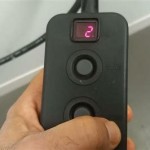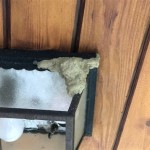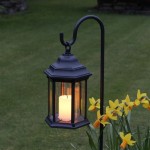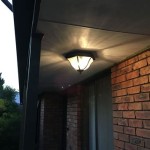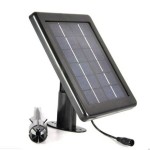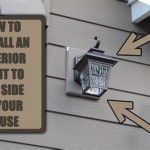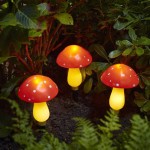Essential Aspects of Energy Efficient Outdoor Flood Light Bulbs
When illuminating outdoor spaces, energy efficiency is crucial for both environmental and economic reasons. Outdoor flood light bulbs play a significant role in providing ample lighting while minimizing energy consumption. Here are some essential aspects to consider when choosing energy-efficient outdoor flood light bulbs:
1. Lumen Output and Color Temperature
Lumen output measures the amount of light emitted by the bulb, which determines how bright it will appear. For outdoor areas, a higher lumen output is generally preferred to provide adequate illumination. Color temperature refers to the warmth or coolness of the light, measured in Kelvins (K). Warm light (2700-3000K) creates a cozy ambiance, while cool light (4000-5000K) offers increased visibility.
2. Bulb Type
LED (Light Emitting Diode) bulbs are the most energy-efficient option for outdoor flood lighting. They consume significantly less energy compared to traditional incandescent or halogen bulbs while providing comparable or even brighter illumination. LEDs also have a longer lifespan, reducing the need for frequent replacements.
3. Wattage and Energy Consumption
Wattage measures the power consumed by the bulb, which directly impacts energy consumption. Choosing bulbs with a lower wattage will result in lower energy usage. However, it's important to consider the lumen output to ensure sufficient lighting is provided.
4. Beam Angle
The beam angle determines the spread of light from the bulb. Wide beam angles (120-180 degrees) provide broad illumination, while narrow beam angles (30-60 degrees) focus light in a specific direction. Consider the desired illumination pattern when selecting the beam angle.
5. Motion Detection and Dusk-to-Dawn Sensors
Motion detection and dusk-to-dawn sensors can further enhance energy efficiency by automatically turning on the lights only when necessary. Motion detection sensors activate when movement is detected, while dusk-to-dawn sensors switch on the lights at dusk and turn them off at dawn.
6. Weather Resistance
Outdoor flood light bulbs should be weather-resistant to withstand harsh conditions such as rain, snow, and extreme temperatures. Look for bulbs with an IP (Ingress Protection) rating of at least IP65, indicating protection against dust and water jets.
7. Dimming Capability
Dimming capability allows you to adjust the brightness of the lights, further enhancing energy efficiency. Dimmable bulbs can be used to create different lighting moods and reduce energy consumption when brighter illumination is not needed.
Conclusion
By considering these essential aspects, you can choose energy-efficient outdoor flood light bulbs that effectively illuminate your outdoor spaces while minimizing energy usage. Opting for energy-efficient lighting solutions not only helps reduce utility bills but also contributes to environmental sustainability.

Ge Led 45w Par38 Outdoor Floodlight Light Bulb Bright White Target

Ge Ultra Bright Led 120 Watt Replacement Warm White Par38 Outdoor Floodlight Bulb 1 Pack

Ge Daylight 90w Replacement Led Outdoor Floodlight Par38 Light Bulb 2 Pack 93119045 Rona

Ultra Energy Efficient Led With 50 Year Lifespan Set To Hit Shelves

Comparison Of Energy Efficient Bulbs Delmarfans Com

Ge Led Color 90 Watt Eq Par38 Full Spectrum Medium Base E 26 Light Bulb In The Spot Flood Bulbs Department At Com

Ge Led Light Bulb 45 Watt Replacement Warm White Par38 Outdoor Floodlight Bulbs 1 Pack

Ultra Efficient Philips Lighting

Ge Led Motion 90 Watt Eq Par38 Warm White Medium Base E 26 Light Bulb In The Spot Flood Bulbs Department At Com

Energy Efficient Light Bulbs 4 Ways To Tell If It S
Related Posts

